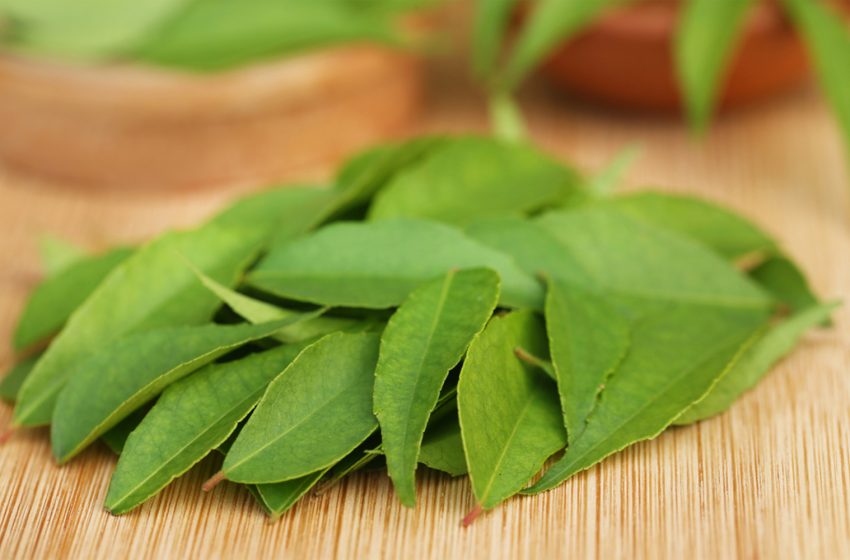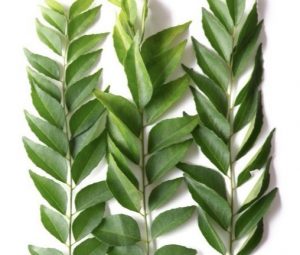Curry leaves: A multipotential plant

Diksha
Remember how much you hated those curry leaves every time you ate a spoonful of sambhar with the crunchy dosa or vada at the famous South Indian joint in your neighbourhood. Left a strange taste, didn’t it? Little did you know back then that these leaves are rich in vitamin A, B, C and B2 and are good sources of iron and calcium.
Curry leaves or kadi patta are helpful in weight loss too. Not this alone, they help in treating dysentery, constipation, diarrhoea; relieves morning sickness and nausea; eliminates bacteria; are good for eyesight and diabetes; reduce stress; heals wounds, burns and skin eruptions.
Let us know in detail about curry leaves and its benefits:
In diabetes, curry leaves…
…may help in improving the administration of type-2 diabetes. It settles blood glucose and oversees diabetes proficiently.
…contains cell reinforcements like nutrients, beta-carotene and carbazole alkaloids that are said to frustrate a scope of ailments connected to oxidative harm from free radicals of which type-2 diabetes best the rundown.
…are said to be loaded in fibre content. Fibre is liable for hindering digestion and doesn’t use rapidly which holds your blood sugars within proper limits.
…will in general lift your insulin action and when the body is empowered to utilise insulin appropriately, glucose levels get settled.
…can control the measure of glucose entering the circulation system.
In hyperlipidemia
A number of researches show curry leaves have properties that can help in cutting down one’s blood cholesterol levels. Squeezed with malignant growth anticipation operators, curry leaves hinder the oxidation of cholesterol that structures LDL cholesterol (horrendous cholesterol). This, therefore, helps in growing the proportion of good cholesterol (HDL) and shields your body from conditions like coronary disease and atherosclerosis.
Gastrointestinal protection
Use of curry leaves is recommended as a cure for gastrointestinal issues in Ayurveda. An important use is due to the fact that they are considered to possess mild laxative properties. You can make juice out of a bunch of curry leaves and add lime juice, and consume the mixture to cure indigestion. A paste made from the leaves can be added to buttermilk and consumed every morning on an empty stomach to serve the same function.
In eyesight
Curry leaves contain high proportions of supplement and thus is valuable for visual recognition. Vitamin A contains carotenoids which guarantee the cornea, the eye surface. Absence of Vitamin A may cause night visual weakness, cloud courses of action before the eye and even loss of vision now and again.
Environmental education is not simply a programme that teaches about the natural world and how ecosystems function but it is the process of recognising values and clarifying concepts in order to develop skills and attitudes necessary to understand and appreciate the inter-relatedness of man, his culture and his biophysical surroundings (IUCN, 1970 p. 17). Truly plants have expected a noteworthy activity in drug. Through recognition and experimentation, individuals have found that plants advance prosperity and thriving. The usage of these characteristic fixes isn’t simply handy yet shielded and for all intents and purposes freed from authentic response.
The writer is an M Sc student of Panjab University, Chandigarh


